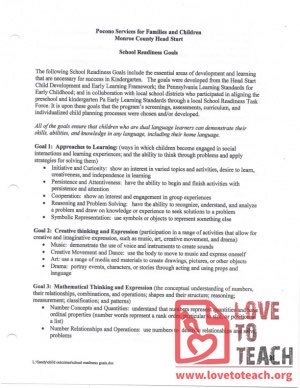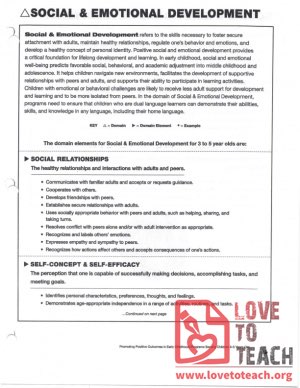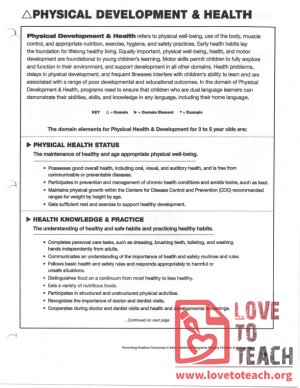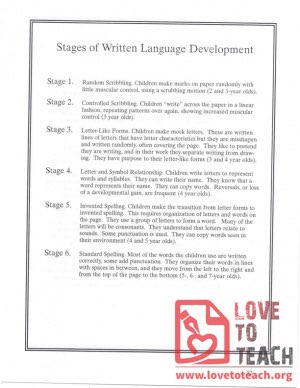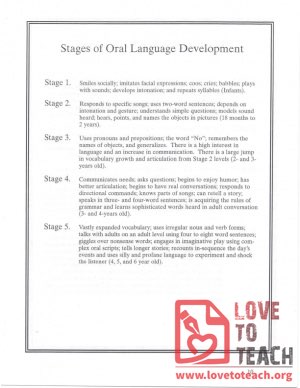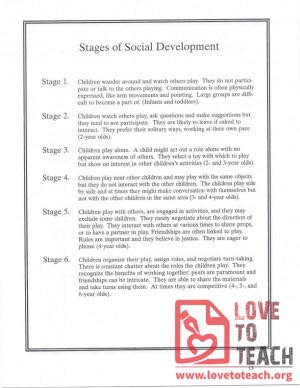Over 4000 free K-8 resources for learning at school and home.
Bring learning to life with worksheets, lesson plans, activities, crafts, checklists...
- No account required
- Easy & Convenient PDF format.
Super User
Social Studies Knowledge & Skills
The Planning Process
School Readiness Goals
Social & Emotional Development
Physical Development and Health
Physical well being refers to use of the body, muscle control, and appropriate nutrition, exercise, hygiene, and safety practices. Early health habits lay the foundation for lifelong and healthy living. Equally important, physical well-being, health, and motor development are foundational to young children's learning. Motor skills permit children to fully explore and function in their environment, and support development in all other domains. Health problems, delays in physical development, and frequent illness interfere with children's ability to learn and are associated with a range of poor developmental and educational outcomes.
Science Knowledge & Skills
Mathematics Knowledge & Skills
Stages of Written Language Development
Stages of Writing & Language Development:
Stage 1. Random Scribbling.
Children make marks on paper randomly with little muscular control, using a scrubbing motion (2 and 3-year olds).
Stage 2. Controlled Scribbling.
Children "write" across the paper in a linear fashion, repeating patterns over again, showing increased muscular control (3 year olds).
Stage 3. Letter-Like Forms.
Children make mock letters. These are written lines of letters that have letter characteristics but they are misshapen and written randomly, often covering the page. They like to pretend they are writing, and in their work they separate writing from drawing. They have purpose to their letter-like forms (3 and 4 year olds).
Stage 4. Letter and Symbol Relationship.
Children write letters to represent words and syllables. They can write their name. They know that a word represents their name. They can copy words. Reversals, or loss of a developmental gain, are frequent (4 year olds).
Stage 5. Invented Spelling.
Children make the transition from letter forms to invented spelling. This requires organization of letters and words on the page. They use a group of l~tters to form a word. Many of the letters will be consonants. They understand that letters relate to sounds. Some punctuation is used. They can copy words seen in their environment (4 and 5 year olds).
Stage 6. Standard Spelling.
Most of the words the children use are written correctly, some add punctuation. They organize their words in lines with spaces in between, and they move from the left to the right and from the top of the page to the bottom (5-, 6-, and 7-year olds). Revising and editing.



